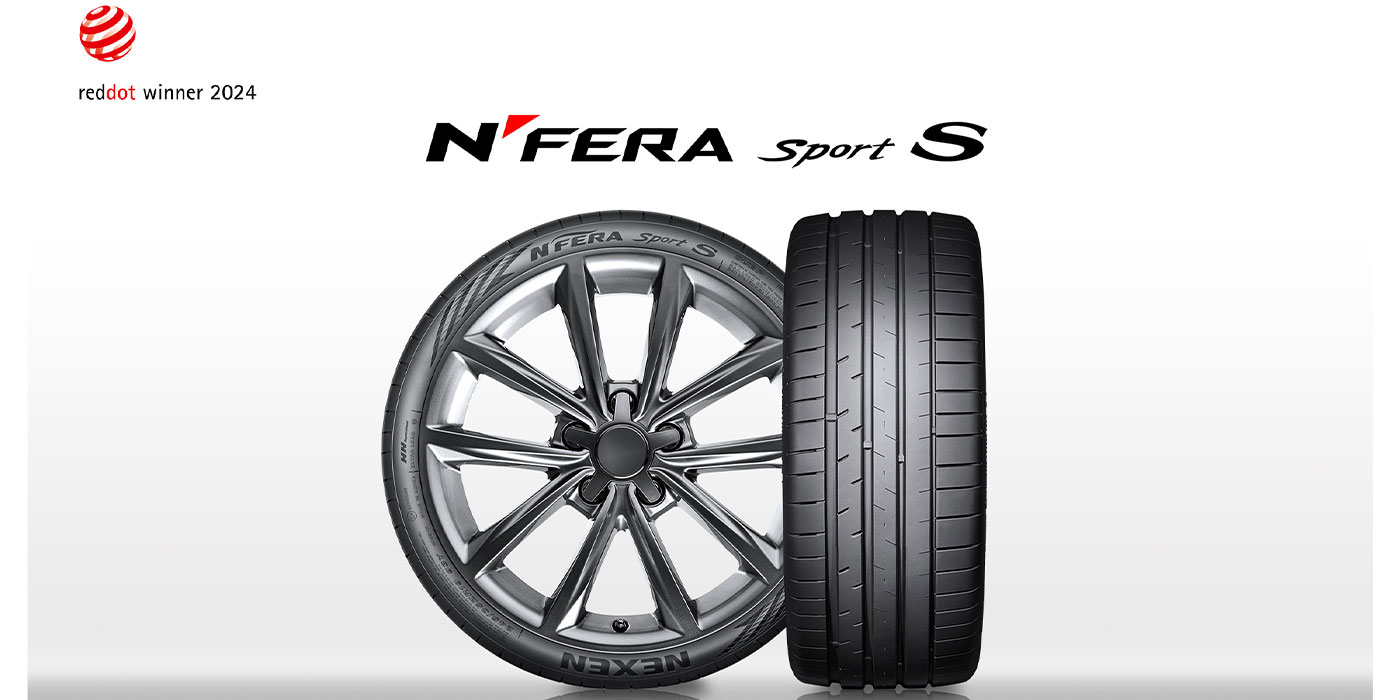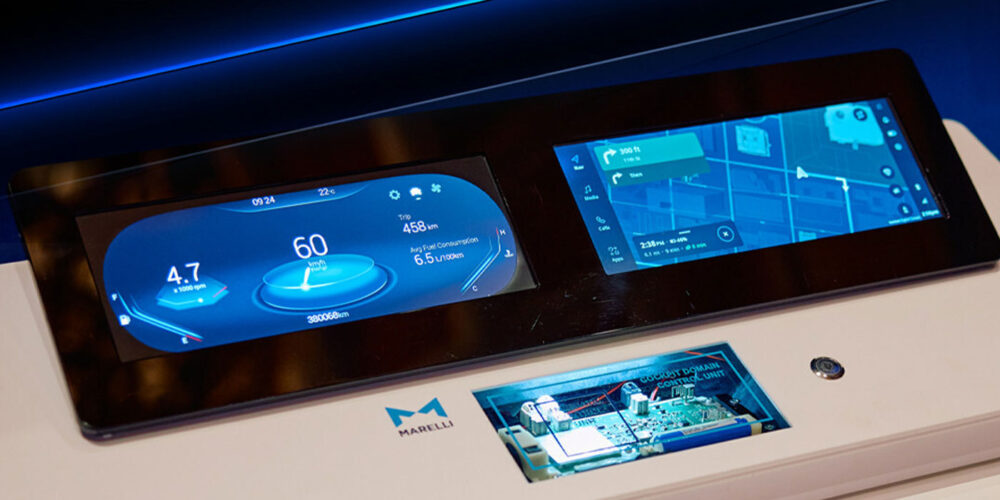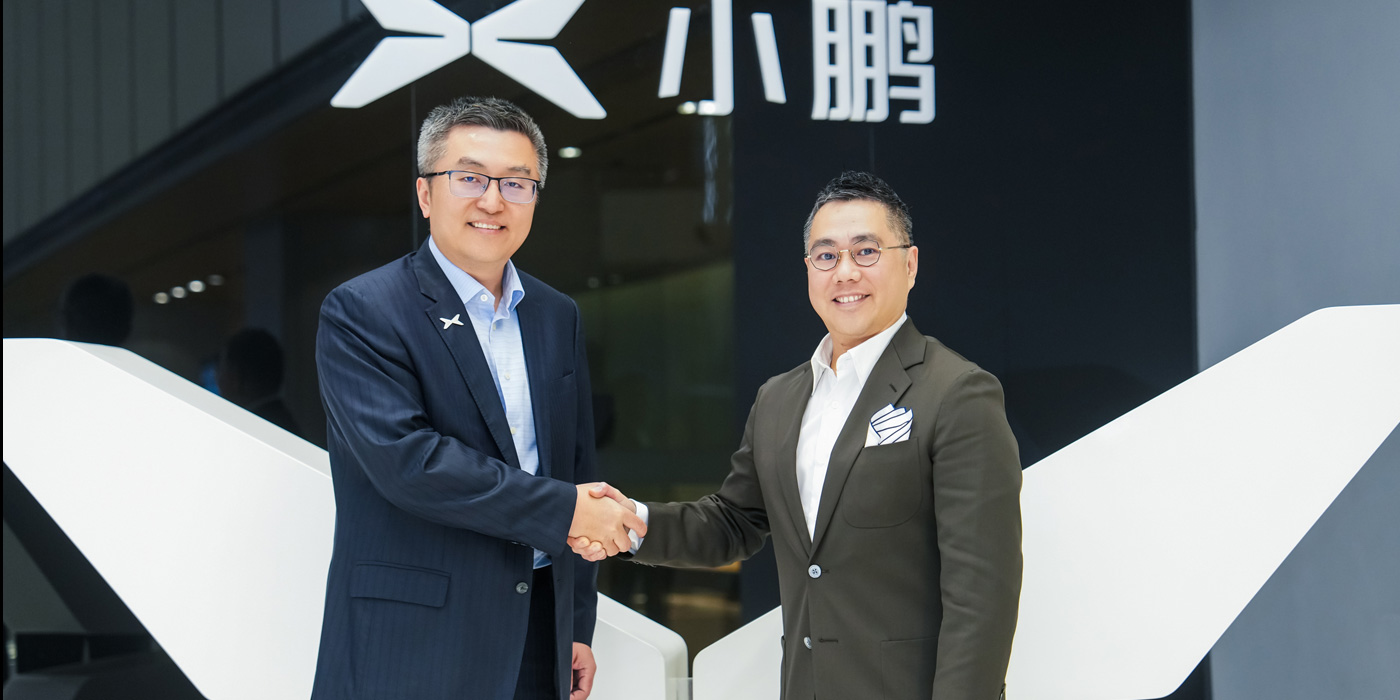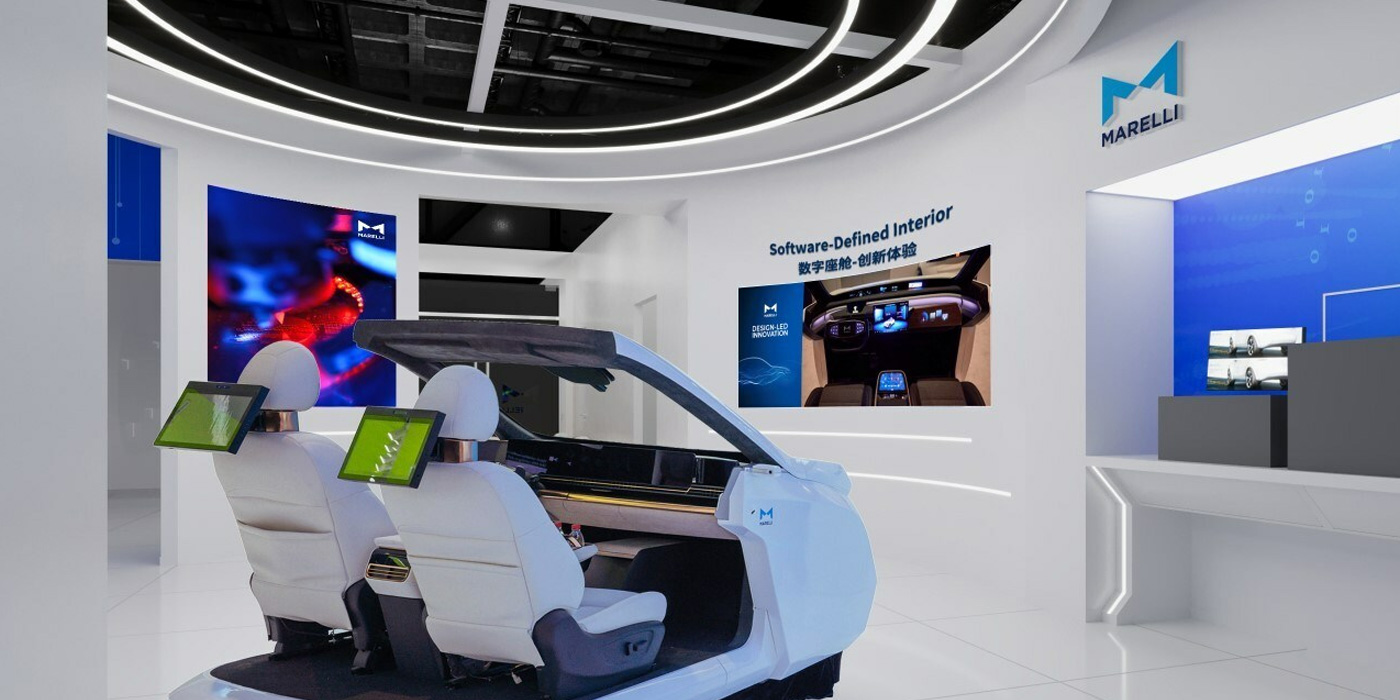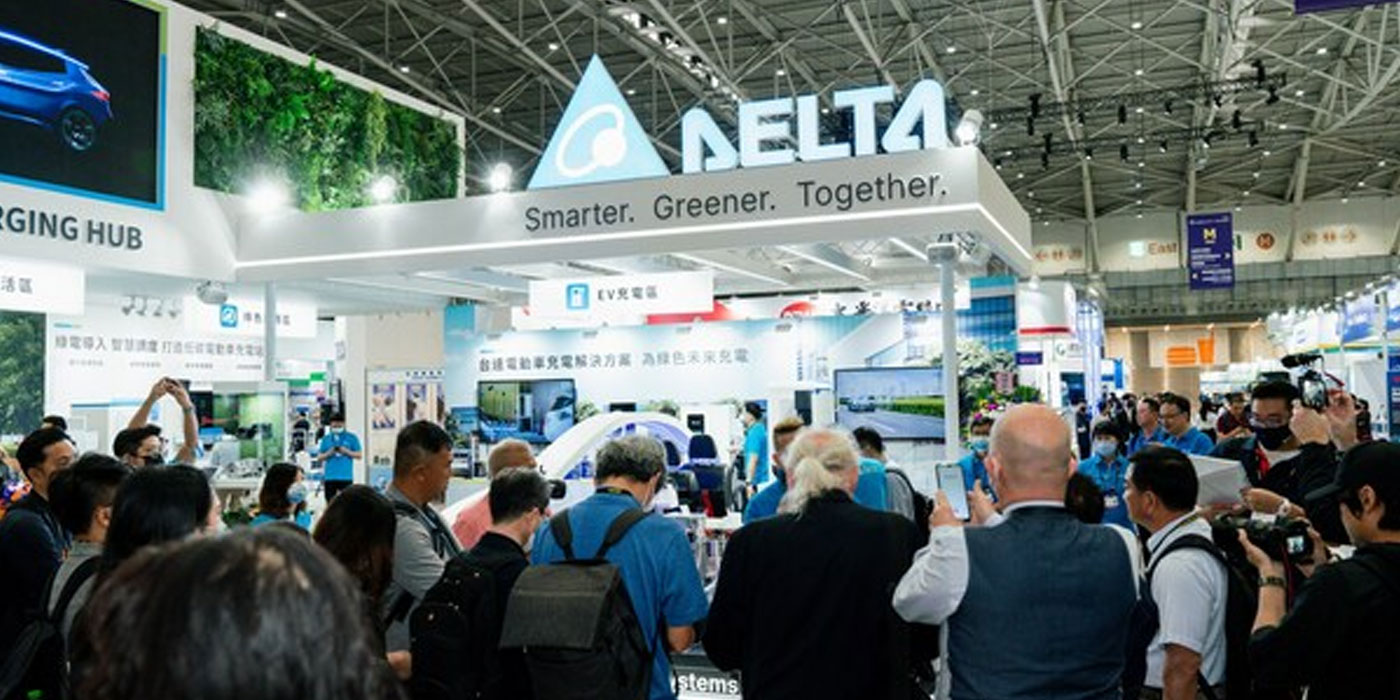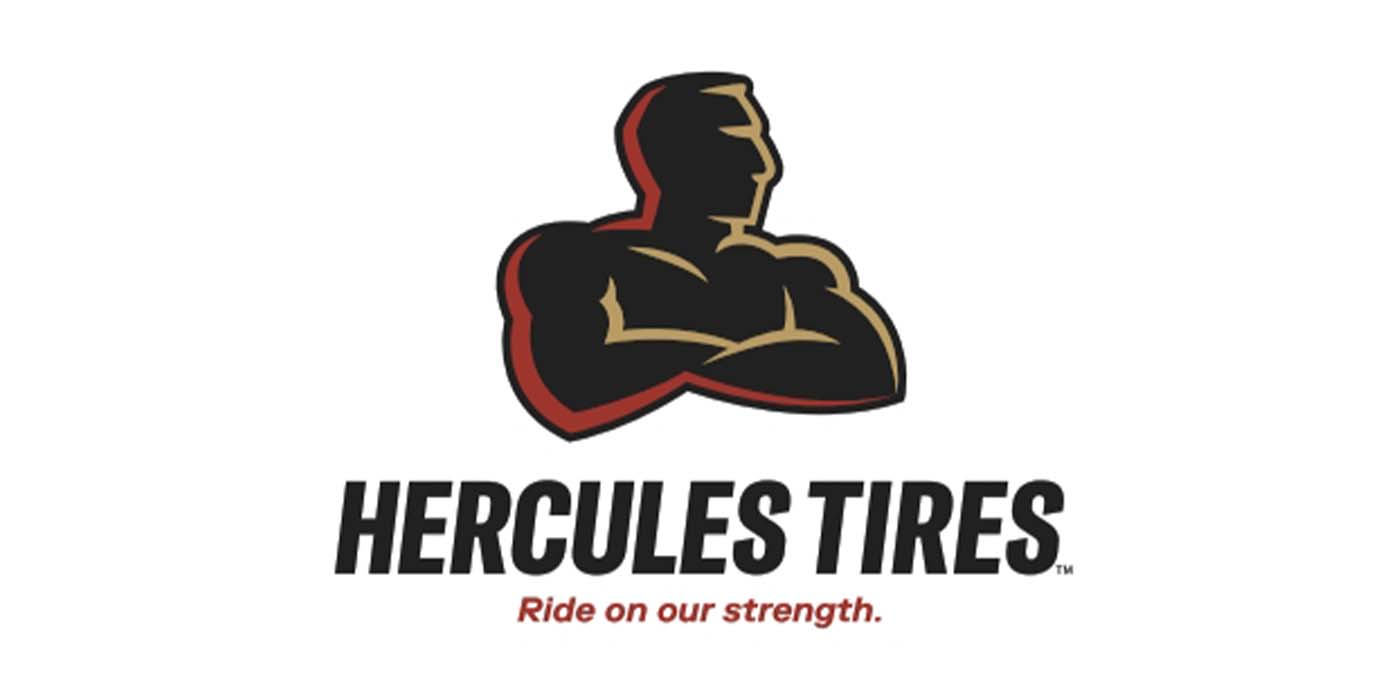By Dave Barbeau, Barbeau Consulting, and Maggie Xu, AMInsight
Over the years, leaders in the China automotive aftermarket have come to the United States to learn about the successful business practices that have fueled the growth of the U.S. aftermarket.
Many distributors, marketing groups, retailers and service providers in the U.S. have welcomed our Chinese visitors and have shared their operating models and keys to their success.
Educational tours for our Chinese friends have been conducted, taking them to traditional parts stores, retail-oriented stores, hybrid stores and distribution centers, headquarters locations and service and repair facilities. The size and success of the U. S. aftermarket was clearly visible, with a growth rate that has been amazingly consistent and steady, albeit modest.
The visitors were taught that what drives success is the expansion of brick-and-mortar locations to house forward-deployed inventory to support the industry dogma of “30-minute delivery” that enables same-day parts availability/repair. Aftermarket companies proudly pointed to this growth strategy as the primary reason for their success. One can argue that the 30-minute-availability principle is either a response to consumer demand or that it was an industry-induced expectation. Regardless of how one might view this principle, the value chain in the U.S. aftermarket was built to meet it.
So, is this the model that should be learned and put in place in the China aftermarket? Maybe, or maybe not.
Something that’s important to note: There is a very different consumer dynamic in China. The Chinese people manage their lives from their smartphones; purchases, payments and information are delivered through their digital devices to a much greater degree than consumers in America. The Chinese motorist also has many alternatives to car ownership, e.g. shared mobility — such as ride sharing, car sharing, e-hailing and low-cost/efficient public transportation in their cities. Such alternatives can create a different level of expectation for car repair and service.
After understanding the U.S. market, industry leaders in China ask themselves if they should “copy, cut and paste” the U.S. model.
Many have said “No!”
A number of China aftermarket leaders have come from technology backgrounds, and not a “parts” background. They are taking a very different approach to developing a supply chain to shape the ecosystem of their aftermarket. All leading aftermarket platforms have set a priority on IT as the driving force for growth and competitiveness. Companies that are driving the growth of the China aftermarket include New CarZone, KZ Mall, Tuhu, Mancando, CassTime and GParts. These are just a few of the companies that have a relentless focus on understanding automotive repair shops (DIY is a very small part of the China aftermarket).
Some companies are utilizing the powerful resources of Alibaba and TMall, giving them the opportunity to transfer online customers to repair shops. They are developing and expanding independently owned shops or franchised shop networks, and providing software-as-a-service (SaaS) systems to help shops with management training and marketing designed to improve the customer experience and increase per-customer transaction. They also are employing intelligent supply chain tools in their operating models: blockchain technology, big data and predictive analysis.
While these technology tools are not unique to China, the adaptation in their market is faster and has become a higher priority than in the U.S. In certain cases, these companies are supplying product to shops and are getting paid when the parts are installed. Shop efficiency is improved, while their inventory costs are reduced.
So, where do we go from here? I would like to offer U.S. aftermarket participants some suggestions for their consideration:
- Make a commitment to understand what is driving the rapid success of the China aftermarket. Curiosity can open doors to learning.
- Set aside what you have done in your home market; observe, listen, study and begin to formulate alternative strategies for growth that may be very different than what your experience has taught you.
- Chinese aftermarket manufacturers and distributors are obsessed with understanding the success factors at shops. Understanding and then responding to shops’ needs should drive the strategies of upstream value chain participants.
- Tap into the resources of industry associations. Both the Auto Care Association and the Automotive Aftermarket Suppliers Association have become students of the China aftermarket. Such knowledge can benefit their members.
Is there a right way to grow? Not sure, but there certainly are different strategies for growth. The leaders of these premier Chinese aftermarket companies are demonstrating that they are driving growth by employing technology and are doing it rapidly.
Can the student become the teacher?
About Barbeau Consulting/AMInsight
Barbeau Consulting has decades of senior-level experience in growing businesses in the global automotive aftermarket. AMInsight, based in Shanghai China, provides in-depth market knowledge and real-world experience as owner/operator of a distribution business and repair shops in the China market. Together, Barbeau Consulting/AMInsight connect businesses with overseas opportunities.



